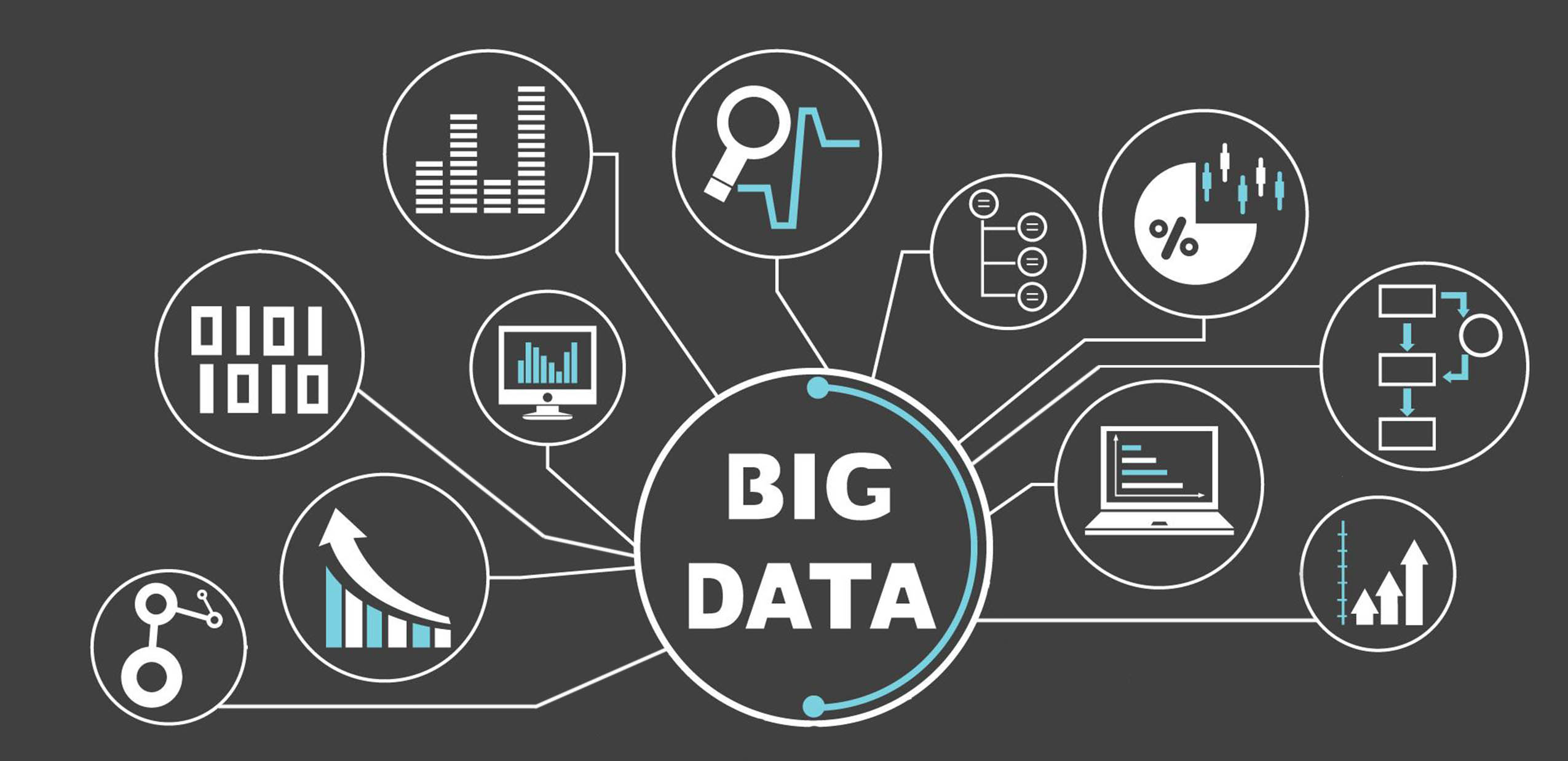Pricing in the BI space can be very confusing. For one, only a handful of BI companies make their prices public, which makes gauging the average cost of a BI implementation pretty difficult. Even among the tools that do post their prices, the pricing structure can be somewhat complicated, and businesses don't always know what they're buying when they buy it.
BI vendors that don't make their prices public often don't tell prospective customers the price of their BI implementation until they're already pretty far down the sales pipeline. This isn't necessarily because they want their customers to go in blind; since a BI implementation is so personalized, it's very hard for businesses to give a good estimate before they know all the details.
This can lead to a lot of confusion and frustration when businesses are budgeting for a BI tool. Since rates are all over the place, and there isn't a ton of concrete information one way or the other, potential BI customers are in an awkward position. They don't know if their BI vendor is overcharging them, or if they're getting a good deal.
When a BI vendor gives a customer a price, the customer has to have a lot of faith that the vendor is giving them a fair price. Since pricing happens so far down the deal pipeline, there isn't a ton of opportunity to comparison shop or negotiate.
Again, this isn't because BI vendors are maliciously trying to overcharge their customers. Finding a good price for a BI implementation is challenging for both the vendor and the customer; the vendor has to make sure that their costs are covered and they'll actually be able to provide the level of support that the implementation requires.
To add another wrinkle, not every BI vendor sits at the same spot on the price ladder. A less powerful or smaller vendor will probably charge different prices than a market leader.
All this makes properly budgeting and pricing a BI tool extremely difficult. Businesses can't get a lot of clear answers on how much a BI implementation 'should' cost, since that question is so personal to the business, their needs, and what sort of vendor they decide to go with.
However, there are some general guidelines that businesses can follow to ensure that the pricing estimates at least make sense for the scale and complexity of their implementation. This way, businesses still may not be able to budget exactly for a BI tool, but they can at least make some guesses to what the price will end up looking like.
Factors that affect BI price
There are a few key factors that affect what sort of price a BI vendor will offer a customer. These include things like the scale of the implementation, the complexity of an implementation, the industry of the client, the amount of support a client needs, and the feature set on offer from the vendor.
The scale of an implementation might be the most important factor in deciding on a price. Most BI tools sell their tool on a per-seat basis, meaning that the more people that the business plans to give access to, the more that they'll have to pay.
Each user gets a unique set of BI credentials, which they use to log into their BI instance. Generally, businesses have to pay for each set of credentials that they want to issue. Businesses that want more people to use their BI system will need to buy more credentials so that those people can have access.
The number of user seats isn't the only way that a BI implementation can be large-scale. Businesses need to be conscious of the amount of data they put into their BI tool. It's not uncommon for BI vendors to charge their customers if their data demands go above certain limits, or throttle data upload speeds for smaller clients.
Some tools arrange their entire pricing structure around their customer's data demands, rather than the amount of people using the software. Power BI, for example, allows customers to buy blocks of data capacity instead of user seats. This approach can be useful for businesses that have low data demands, but lots of people who want to access that data.
The complexity of an implementation is also an extremely important factor. Some businesses have extremely simple implementations; they may only need to connect a handful of tools with basic data connectors. Others have more complicated demands; they may need to connect with an on-premise database, modify their data connections in some way, or want to use a third-party data warehouse.
As a general rule of thumb, the more complicated an implementation will be, the more a business will need to pay their vendor for support and consulting. This isn't always necessarily true; it depends on the business's specific needs and situation.
A smaller company without much technical staff might need more help than expected with a 'basic' implementation. A larger business might choose to forgo support and do most of their implementation with in-house staff. Complexity is still a useful guideline, though.
Many businesses want to implement embedded solutions. Embedded analytics are generally more expensive than comparable non-embedded solutions specifically because they're more challenging to implement. A business that wants to embed content will most likely need to pay more than they'd otherwise have to.
The industry of the customer is generally not too relevant in how much a BI vendor will charge, but industry-specific demands can increase the price of an implementation.
For example, companies that handle medical data are governed by regulations that make it harder to connect that data to a BI tool or other third-party application. There are workarounds, but they're more complicated than connecting the data normally. This can raise the price of an implementation.
Other businesses are in industries that use niche, industry-specific software. BI tools can rarely connect to these sorts of tools easily, so again, the implementation will be more complicated. Connecting these tools might raise the price.
Even beyond the implementation, businesses buy different amounts of support, consulting, and training. It's pretty self-explanatory, but the more consulting hours and training resources that a business buys, the more expensive their tool will be overall.
Some businesses might want to train their employees on the software in an official, vendor-led way, while other companies won't worry about training or after-the-fact support. Sometimes, businesses buy consulting hours to have the consultants build out more complicated transforms and visualizations.
This is a place where businesses can save money, since they only have to buy as much after-the-fact support as they want to buy. Many businesses, especially those with self-service tools, won't have to invest very much in post-implementation support and consulting.
One last factor that affects the final price that a business will pay for their tool is the feature set of the tool, and which features they want access to. More feature-rich tools tend to be more expensive than less robust ones, and some tools let users pick the features they want a la carte.
Often, businesses can buy user seats that have access to fewer features than admin-level ones. This way, they can minimize their per-user costs for employees that don't need access to the full BI user suite.
Many BI vendors offer certain features as optional add-ons that aren't included with the basic version of their tool. For instance, Domo's machine learning tool isn't part of their default offering, but businesses that want it can pay more for access. This helps to keep costs lower for everyone else, since they don't have to pay for a complex feature they'll never use.
To sum up, large businesses with complex BI plans in a niche industry, that need lots of support and access to every optional feature, will pay the highest prices for their tool. Smaller businesses, with less complicated implementations and more common use cases, won't need to pay as much.
To minimize their costs, businesses can scale back their BI plans, go without support and training, and limit their amount of user seats. Of course, trying to cut costs this way can be damaging, but every business will need to make that decision for themselves.
Conclusion
The first number that a BI vendor puts out for their services is rarely the number that a business should expect to pay for the service. Vendors expect their customers to negotiate the price, so that they can find a number that works for both the vendor and the customer.
Businesses should be up-front with the amount that they've budgeted for their BI tool. This will help the vendor to know what their options for features and implementations are. Often, vendors can plan around a budget and deliver something that meets their customer's needs while staying within a certain budget.
This also can speed up the sales pipeline. If a vendor won't be able to provide a useful product based on the business's prospective budget, both parties will want to know as soon as possible so they don't waste time on a deal that won't happen.
It's also worth remembering that almost every BI vendor sells their software as-a-service. This means businesses can expect to pay an up-front implementation fee, and then recurring fees as they continue to use the tool.
Purchasing a BI tool is a process that's extremely trying for first-time buyers. Information is scarce, and there aren't really any consistent benchmarks that a business can gauge their quotes against. However, there are some rules of thumb that vendors use to determine their price, and knowing these considerations can help businesses to know what to expect.
The scale and complexity of the implementation is what affects the price the most. Large businesses with complex implementations will expect to pay the most. There are some other considerations, like the industry of the customer, the amount of support they want, and the sort of features they're looking for.
For more on BI pricing, plus advice on navigating the BI purchasing process, contact us today. Our team of experts can help you to make the right decisions and connect oyu with the vendors who can meet your needs.
































